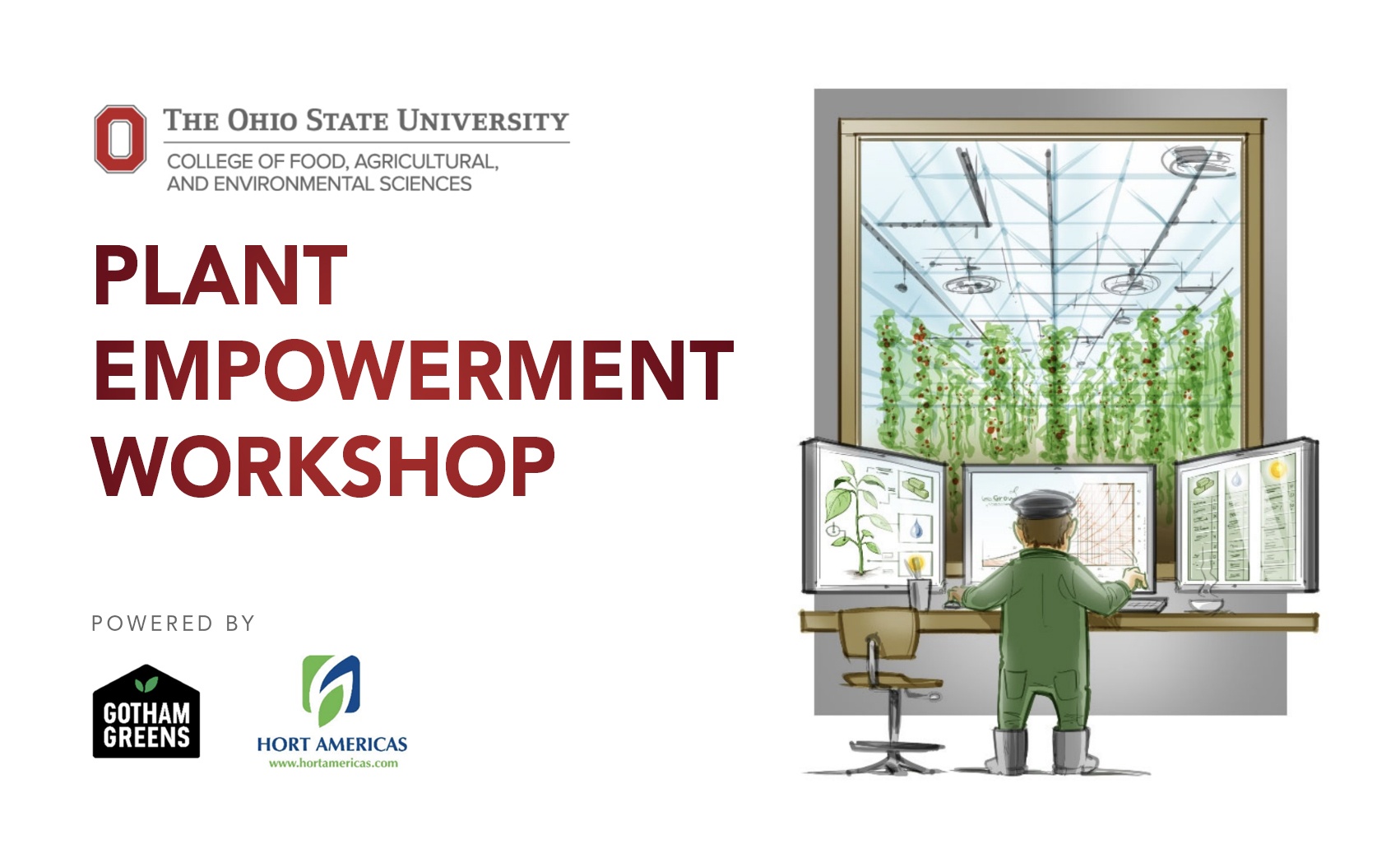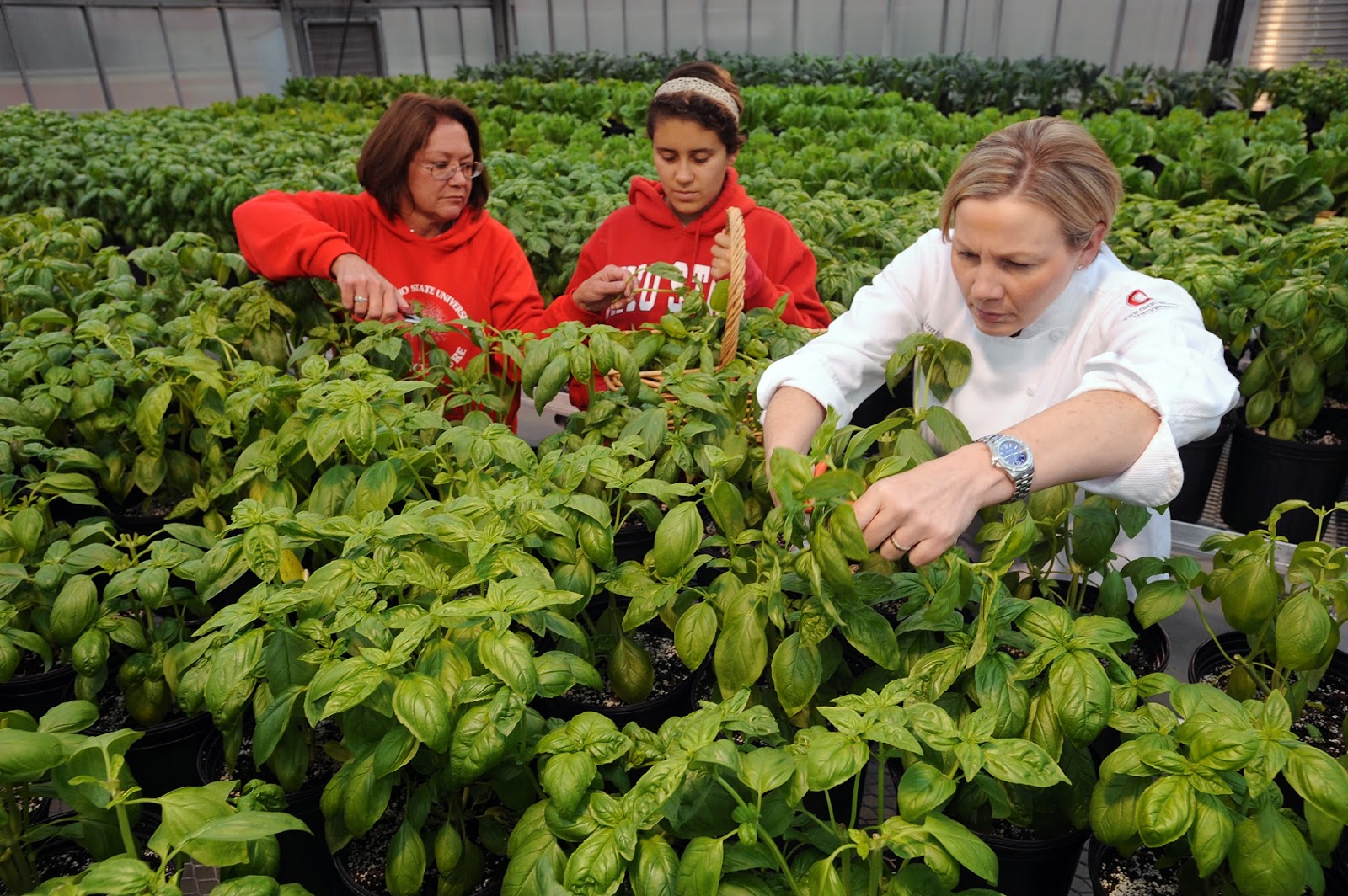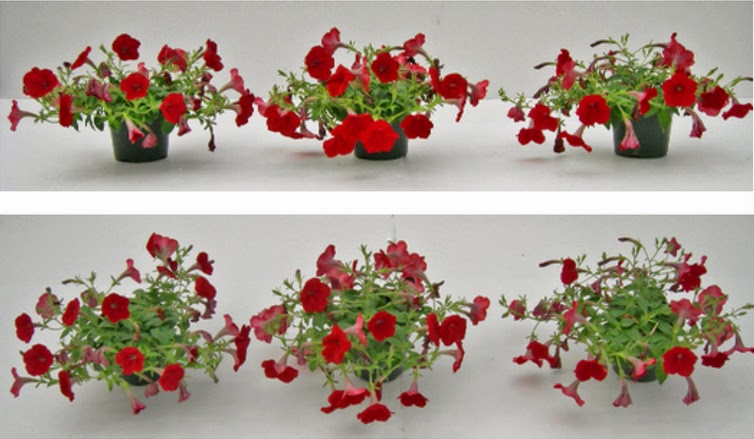
- 272 Arize Element L1000 LED fixtures are being gifted to OSU’s horticulture program to help bring light to a future greenhouse on campus
- The greenhouse aims to be operational in 2021


The Ohio State University, in partnership with Gotham Greens and Hort Americas, will be organizing the Plant Empowerment Workshop Online on July 9-10 , 2020 (10am – 2:30pm EDT).
Continue reading The Ohio State University Empowerment Plant Workshop, July 2020 – NOW ONLINE
Ohio State University corporate executive chef Lesa
Holford has started growing edibles in a campus greenhouse for use in food
prepared for the school’s dining facilities.
Since August, kale, basil and romaine lettuce have been
growing in an Ohio State University College of Agriculture greenhouse. These
crops aren’t part of a research project. They are being grown for use in the
preparation of food served at several campus dining facilities.
Holford, who has no formal training in plant production
other than her own backyard garden, said the project has been a learning
experience.
“I randomly chose the crops that we are growing,” she
said. “I’m now looking to ask people in the College of Agriculture their
recommendations for additional crops. I’m interested in trying crops that might
have greater yields. I’m learning as I go.”
Holford said the idea for growing in the greenhouse
evolved from using other ag products produced at another campus facility.
Holford said she decides what recipes the produce that is
harvested goes into.
 |
| Kale grown in an Ohio State University College of Agriculture greenhouse will be used in food served at various campus dining facilities. Photo by Neil Hoyng, Ohio State University |
Prior to starting the project, volunteer help was
solicited from the student body to assist in the watering of the plants. Sustainable
Plant Systems Horticulture student Kathryn Losnes was hired to assist in the
growing and to coordinate the schedule of volunteers to water the plants.
Based on the success Dining Services has had growing in
the greenhouse, Holford said she would like to expand the program to grow more
produce.
For more: Lesa
Holford, Ohio State University, University Dining Services; (614) 477-0240; holford.8@osu.edu;
http://cfaes.osu.edu/news/articles/kale-kale-the-gang%E2%80%99s-all-here-ohio-state-greenhouse-grows-produce-for-students.
Visit our corporate website at https://hortamericas.com

Organic fertilizers offer growers another tool for
producing their crops with more sustainable inputs.
Claudio Pasian, horticulture associate professor at Ohio
State University in Columbus, said an increasing amount of pressure is being
put on growers related to the environment by both retailers and consumers.
“Growers may be forced by their clients to produce more
sustainable products, including more organic products,” Pasian said. “Here in
Ohio, like in other parts of the country, there are concerns with fertilizers
running off into waterways and leaching into ground water. In the future
“fertilizer” may become a taboo word for some people. For some people, perception is
reality. Using an organic fertilizer may help growers achieve a more
sustainable image with retailers and consumers.”
Pasian found the only plants that occasionally did not do
well with organic fertilizers were pansies. He has not conducted any further experiments
to determine why there were issues with pansies grown with organic fertilizers.
After the initial trials with organic fertilizers showed
positive results, Pasian expanded his research with additional ornamental
plants. He compared incorporating Scotts Miracle Gro Organic Choice and Sustane
organic fertilizers to a controlled-release and water-soluble fertilizers. All
of the plants in the study were grown in 4½-inch pots containing Fafard 3B
bark-based growing mix without a fertilizer charge.
“The plants grown with the organic fertilizers were
slightly smaller. But overall the organically fertilized plants did well. In
some cases, the plants being smaller could be a positive effect because that
means growers may not have to apply growth regulators.”
Pasian has received a grant from the Horticultural
Research Institute to expand his organic fertilizer study to include herbs and
perennials. He worked with a local grower on the plant selection and chose
three herbs (basil, parsley and thyme) and three perennials (Nepeta cataria, rudbeckia and salvia). Like
the annuals study, the herbs and perennials were grown in 4½-inch pots
containing Fafard 3B bark-based growing mix without a fertilizer charge.
Pasian said since many perennials are long-term crops,
they will need additional applications of organic fertilizers.
For more:
Claudio Pasian, Ohio State University, Department of Horticulture and Crop
Science, (614) 292-9941; pasian.1@osu.edu.
Visit our corporate website at https://hortamericas.com